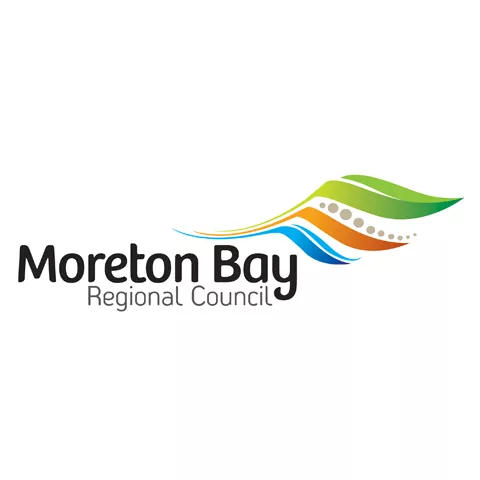Over 2021 Council will be installing sensors in John Scott Park to acquire vital data that will help us plan and operate our parks for decades to come.
Council is piloting the use of “IoT” (Internet of Things) sensors to capture better, real-life data on how the community uses parks and park assets.
In order to plan the best amenities, prioritise investments, design the best venues and operate them most efficiently, we need to know more about how you use them.
How many people use the park at large? What sections are busiest? Should we replace amenities based on budgeted lifecycle or actual usage? When does noise pollution that is harmful to local residents happen? What specific toilet stall or barbeque or bin is most used? Which is least used? And why? How is air quality impacted during an event like a major fire? How does park attendance change over exceptional events? Or extreme heat? Or seasons?
These questions and many more require better collective intelligence to be answered fully.
Better yet, historical data allows us to identify patterns and plan not just for a better today but for the future, in line with the community’s changing habits. To plan for the future and make a more resilient community.
Having that real-life usage data (rather than modelling estimates) will allow Council to design better parks and ensure parks are kept clean, tidy and safe. That they represent the best fitness for purpose, the best value for money.
John Scott Park has been fitted with sensors that record the climate, air pollution, human flows, power and water usage, bin levels and barbeque usage.
Additionally, Council is working with Telstra to develop a new sensor which uses camera vision and artificial intelligence to count the number of people using the BMX track, basketball court, stage and play area.
None of the information captured is personal in nature. The information will help Council design new parks and better manage the park maintenance.
